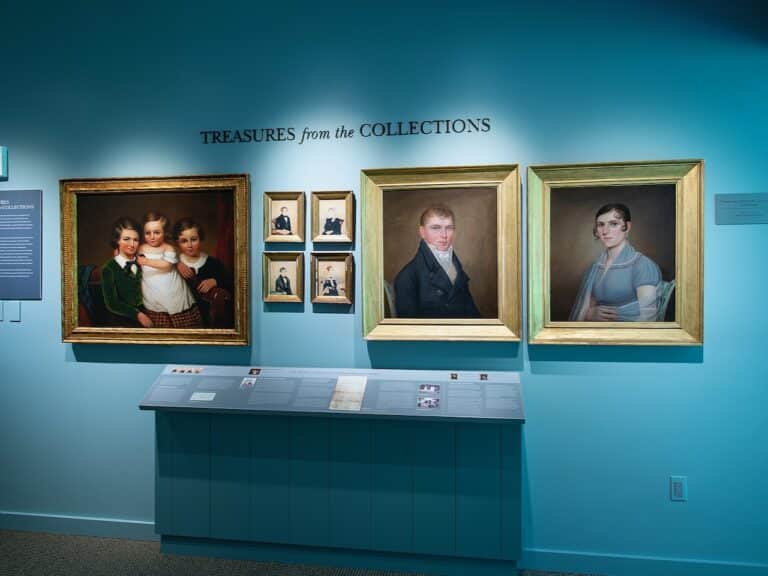The Cos Cob Art Colony & American Impressionism at the Bush-Holley House
From the early 1890s until the 1920s the Holley House was the gathering place for a group of artists and writers who were members of what became known as the Cos Cob Art Colony, the first Impressionist art colony in Connecticut. The Cos Cob Art Colony played a major role in the development of American art, because it was here that the leading American Impressionist artists gathered to discuss their work and to teach. Among the early members were Childe Hassam, Ernest Lawson, Theodore Robinson, John Henry Twachtman and J. Alden Weir.
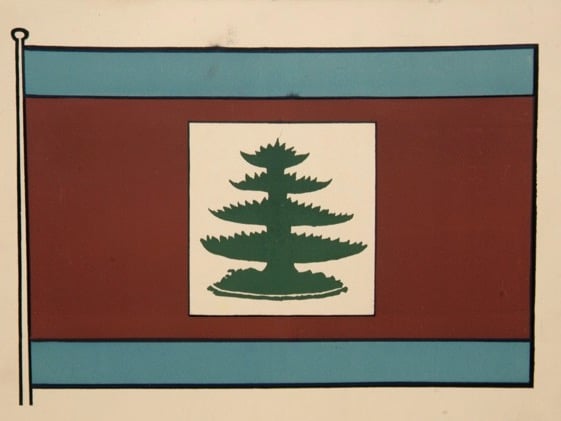
Armory Show
While the history of the Cos Cob art colony has become well known to scholars of American Impressionism, its role in the development of American Modernism is less familiar. In December 1911 Elmer MacRae was among the group who founded the Association of American Painters and Sculptors in New York.
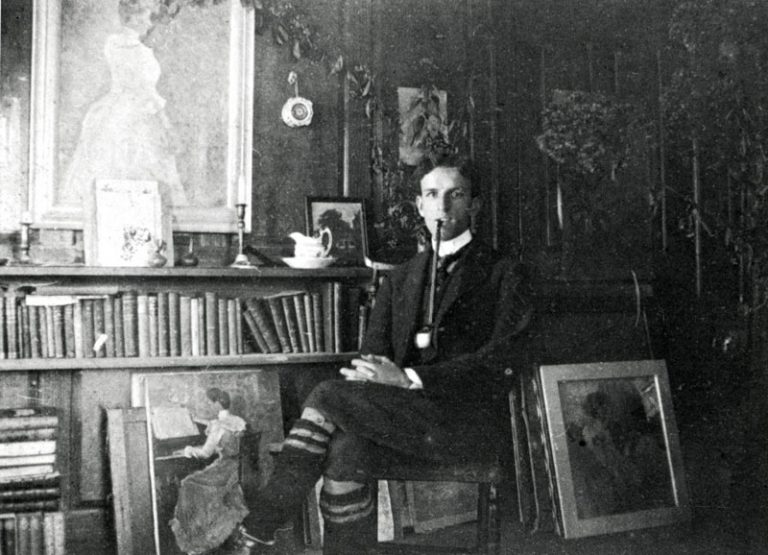
Elmer Livingston MacRae
In the summer of 1896, Elmer MacRae arrived at the Holley Inn. He was a student from the Art Students League who was there for a class in outdoor painting, but he also found Constant Holley. They fell in love. From the beginning Constant encouraged Elmer to draw and paint flowers.
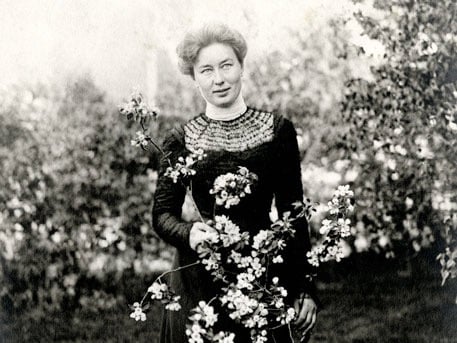
Constant Holley MacRae
Constant attributed her love for arranging flowers to a Japanese gentleman staying at her home, probably Genjiro Yeto. She recalled when he placed a single red rose in an old decanter: “From this time on…flower arranging has always been my foremost interest.”
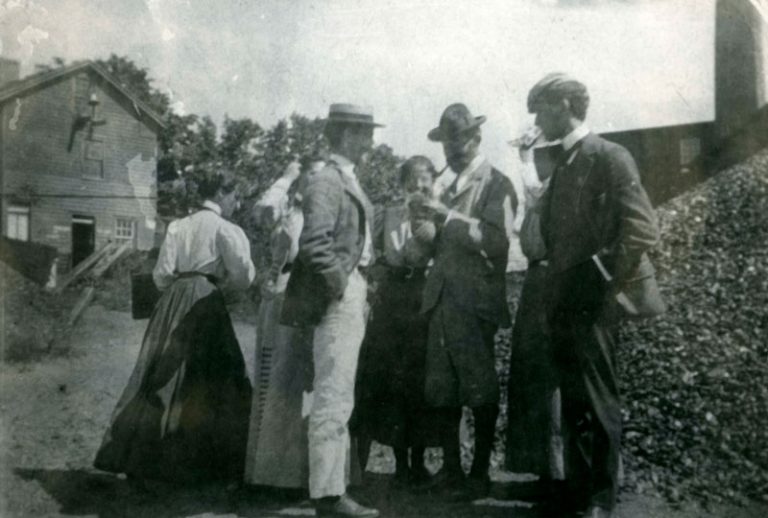
The first documented arrival of artists was in 1892 when John Henry Twachtman and J. Alden Weir taught summer classes in Cos Cob for the Art Students League in New York. Twachtman, a Greenwich resident, was well respected by his fellow artists and students. An important figure in the art colony, he encouraged his students to try new approaches, such as alternating oils with watercolors and pastels.
Elmer MacRae came to the Holley House as a student in 1896. Before moving to Cos Cob, Elmer MacRae studied at the Art Students League in New York City. The League was a membership organization for artists and many traveled to the Holley House in the 1890s to take classes from John Twachtman. MacRae fell in love with Emma Constant Holley, the daughter of the owners of the Holley House, Josephine and Edward Holley, and in 1900 Constant and Elmer were married. Together they ran the Holley Boardinghouse which continued to attract artists and writers for more than two decades.
The Greenwich Historical Society holds many important examples of American Impressionist works by leading figures in the movement. American impressionism, based on an artistic movement that started in France, utilized broad brushstrokes and vibrant colors and emphasized the use of light. These characteristics are exhibited in Elmer MacRae’s Constant Feeding the Ducks, which features one of his twin daughters on the grounds of the boardinghouse. Many impressionist painters preferred to paint en plein air, or in the open air, where they could embrace the shifting qualities of natural light. Outdoor had become easier by the end of the nineteenth century with the invention of the collapsible zinc paint tube. Artists visiting the Holley House often set up their easels on the landscape surrounding Cos Cob Harbor.
Visit The Permanent Collections Gallery
The Permanent Collections Gallery at the Greenwich Historical Society showcases works by members of the Cos Cob art colony.
The Permanent Collections Gallery is open Wednesday – Sunday 12:00 – 4:00 P.M.



